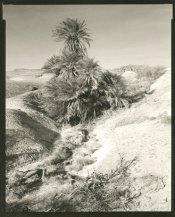FWIW, when Nikon labels a long-pass filter, the number tells you the cutoff wavelength.
L37 - UV filter, passes longward of 370 nm.
Y48 - yellow, equivalent to Wratten 8 or K2, passes longward of 480 nm.
Y52 - yellow, equiv to Wratten 12 or maybe 15, longward of 520 nm.
O56 - not "056", but O for orange. equiv to Wratten 21, passes longward of 560 nm.
R60 - red, equiv to Wratten 25A, passes longward of 600 nm.
This doesn't hold for filters like green and blue, or warming/cooling filters for color film, because they aren't long-pass filters that can be specified by a single number. I don't know if Nikon makes an "R72" infrared filter, but Hoya does, with cutoff 720nm. Here's one source for approximate filter equivalents: https://www.filterfind.net/Data.html
L37 - UV filter, passes longward of 370 nm.
Y48 - yellow, equivalent to Wratten 8 or K2, passes longward of 480 nm.
Y52 - yellow, equiv to Wratten 12 or maybe 15, longward of 520 nm.
O56 - not "056", but O for orange. equiv to Wratten 21, passes longward of 560 nm.
R60 - red, equiv to Wratten 25A, passes longward of 600 nm.
This doesn't hold for filters like green and blue, or warming/cooling filters for color film, because they aren't long-pass filters that can be specified by a single number. I don't know if Nikon makes an "R72" infrared filter, but Hoya does, with cutoff 720nm. Here's one source for approximate filter equivalents: https://www.filterfind.net/Data.html



